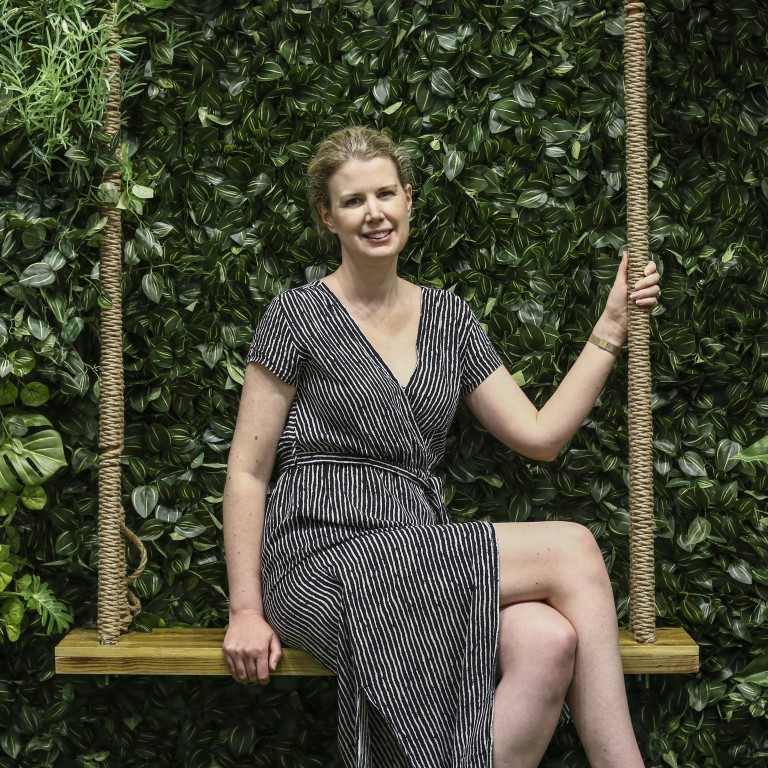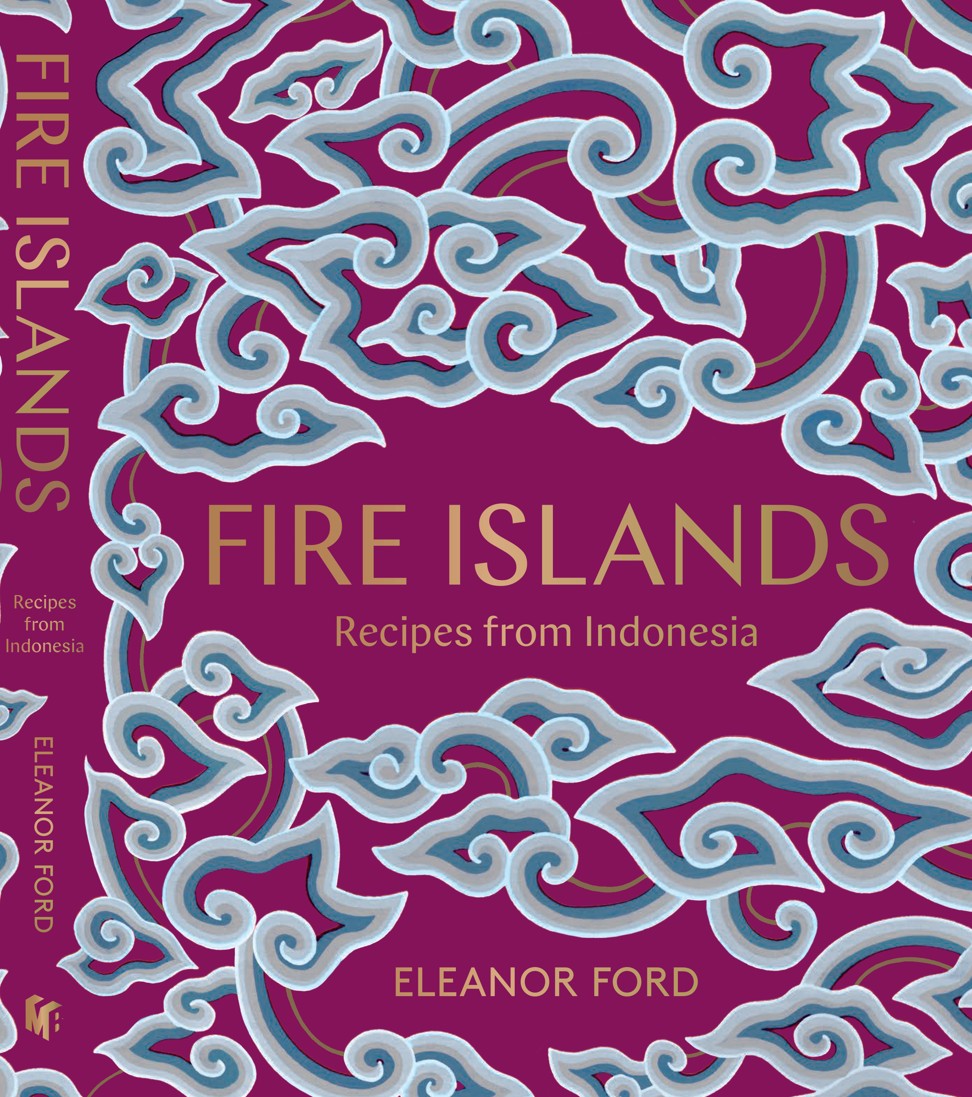
A love letter to Indonesian food – recipes from home cooks, street stalls, a royal kitchen in Eleanor Ford’s book of ‘Fire Islands’ cuisine
- Author who grew up in Indonesia returned there to gain ‘an insight into the breadth of the food’ by cooking with as many people as she could in four months
- London-based, she talks about her ‘huge awakening about Asian food’ living in Hong Kong, and her award-winning first book about the cuisine of Central Asia
Tell us about your childhood. “I grew up travelling a lot with my parents. I spent half my childhood in Indonesia as my father was working in hotels. Food from different cultures was part of the fabric of my upbringing. As I grew older and went on my own travels and adventures, I found it exciting to find food unfamiliar to my home. Where to eat is the first thing I look for in a new country but to research the food, and what it says about the culture and history of a place, is what I really enjoy.”
You lived briefly in Hong Kong. How did you like it? “I moved to Hong Kong 11 years ago to set up a business and lived here for a couple of years. I had a huge awakening about Asian food in Hong Kong. There’s such a diversity of regional restaurants, not just Chinese, but around Asian culture. Living here, it was a real education. In London, there are just generic Chinese and Japanese restaurants.”
Tell us about researching your new book, Fire Islands: Recipes from Indonesia. “In Indonesia, cooking is passed down from mother to daughter. People don’t follow cookbooks, people don’t cook foods they didn’t grow up with. Last year, I moved my whole family – two young children and my husband – to Indonesia. I travelled for four months, to learn as much as I could about the flavours, the food history and the culture. I did this by going into as many kitchens as possible – home kitchens, the best restaurants, street stalls, even the palace kitchen in Java. It’s the most important thing – to cook with people. And people, wherever I’ve gone, have been so open and generous. Even if you don’t share a language, cooking is the universal tongue. It’s the best way to get to know a cuisine.”

How tough was it to travel with two young children? “I had a baby on my hip during my research. There’s no better way to get into someone’s kitchen than to have a little blond child with you. Children are so disarming and the people extra welcoming. I was also lucky as a woman. More doors opened for me. Women do all the home cooking in Indonesia. I never see myself as going in, getting the recipes and leaving. Now, my daughter loves nothing more than nasi goreng.”
How did you decide which recipes to include? “Indonesia is a country of 17,000 islands. The food is as diverse as the people, the languages and the cultures. But there are common threads and I wanted to look at it almost from an academic point of view, looking at what unites the food, its influences and how history impacted dishes. I don’t pretend [the book is] an encyclopaedia of Indonesian food but I hope it’s an insight into the breadth of the food.”
Can you give an example? “You can get rendang across Indonesia but it’s not always cooked the same way. It’s known as a Padang dish [Padang is the capital of West Sumatra province], so that’s where I went for the recipe. It’s cooked in an interesting way, almost like a casserole in reverse. You start the beef in spiced coconut milk. You don’t brown the beef first, you slowly cook it in the coconut milk to reduce and make the beef tender. Then at the end, with only the coconut oil left, the beef begins to brown and fry in the residual oil.”

As a non-Indonesian, do you worry about being accused of cultural appropriation? “Absolutely. I don’t ever claim my recipes are the most authentic or that I am writing the definitive guide. This is my love letter to the region and bringing to it an outsider’s view of these recipes.”
Tell us about your award-winning first book, Samarkand: Recipes and Stories from Central Asia and the Caucasus (2016). “My friend and co-author, Caroline Eden, is a specialist in the area. We wanted to give insight into a very big region where the food is not well known. Samarkand, a city in Uzbekistan, was the centre for our research. It’s a melting pot. It’s the heart of the old Silk Road, where, through trading, many cuisines have come together.
“You see influences from China in the mantou [steamed buns] and noodles, the Afghans in the south with the meaty kebabs, Russia in the north with borscht and dill salads, and Persian cuisine with rice plov, or pilaf as we know it.”
Eleanor Ford was in Hong Kong for a “meet the author” event at Kelly & Walsh, Pacific Place, Admiralty. Fire Islands (Murdoch Books) is in bookshops now.

